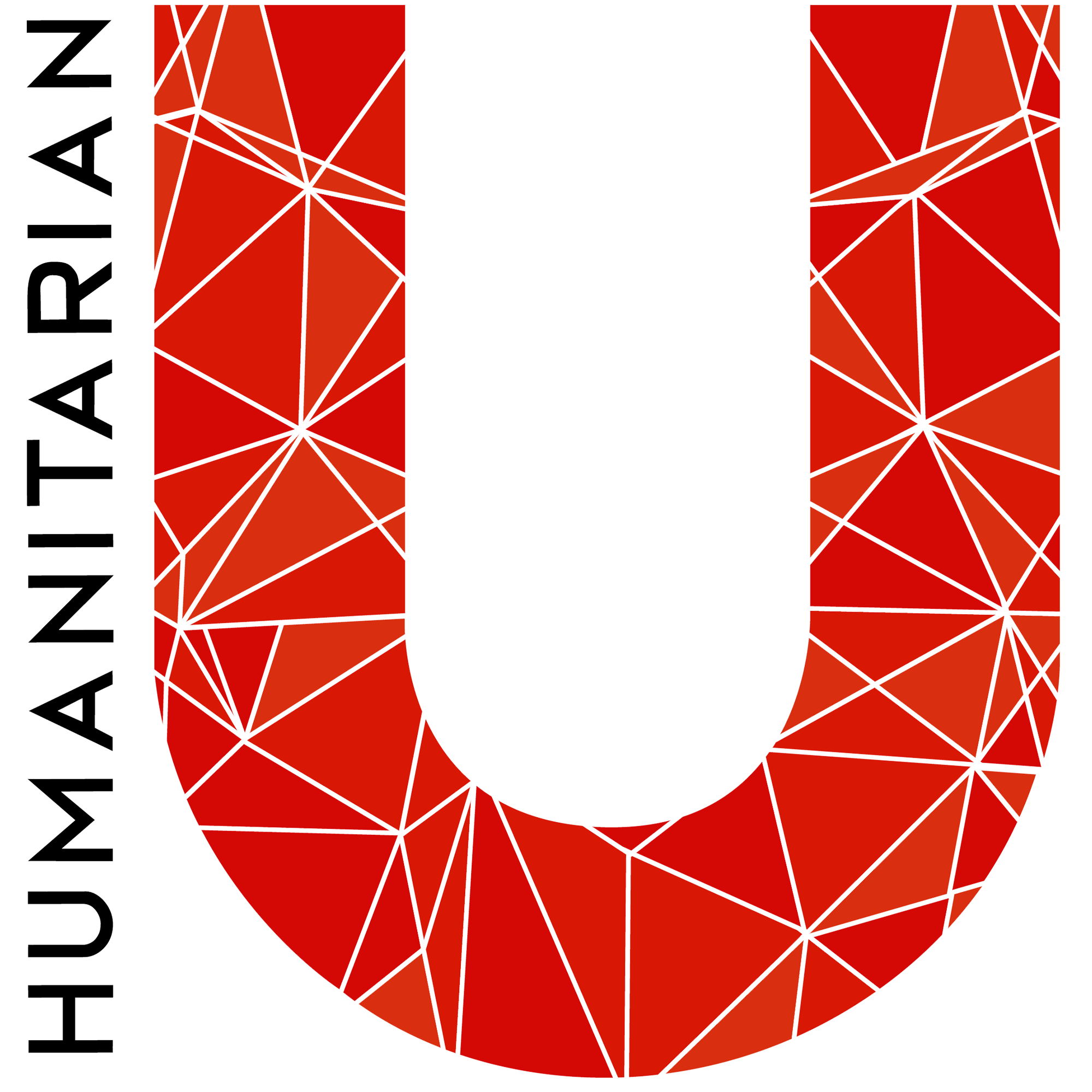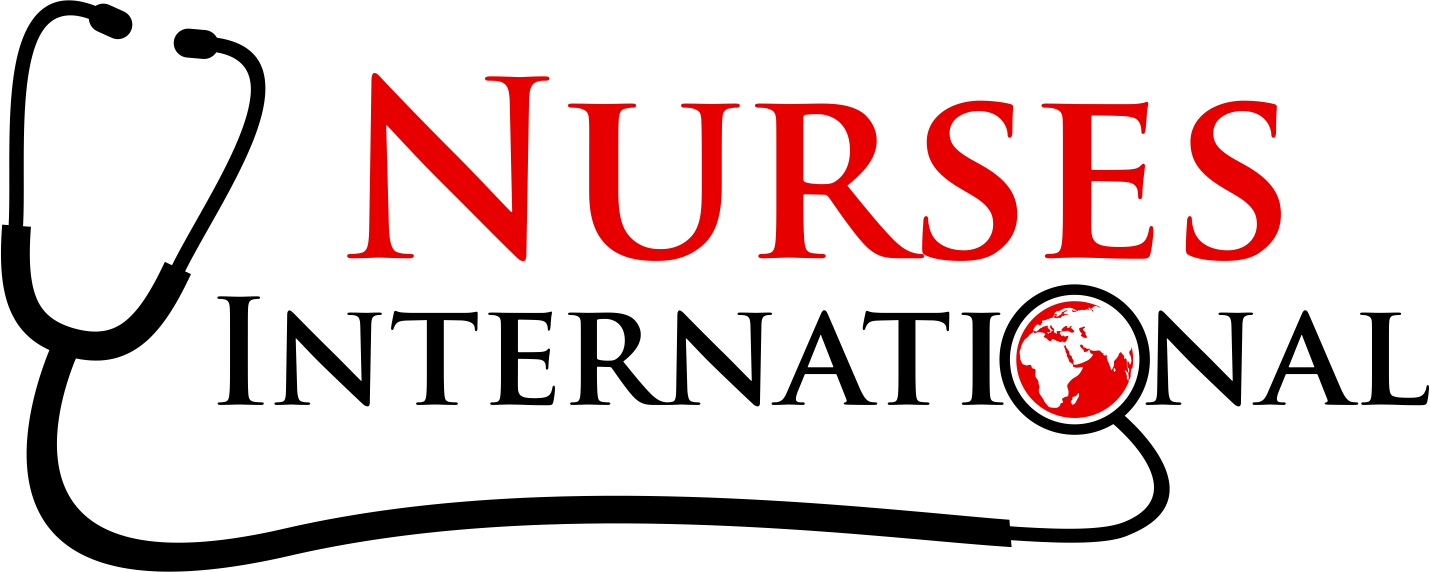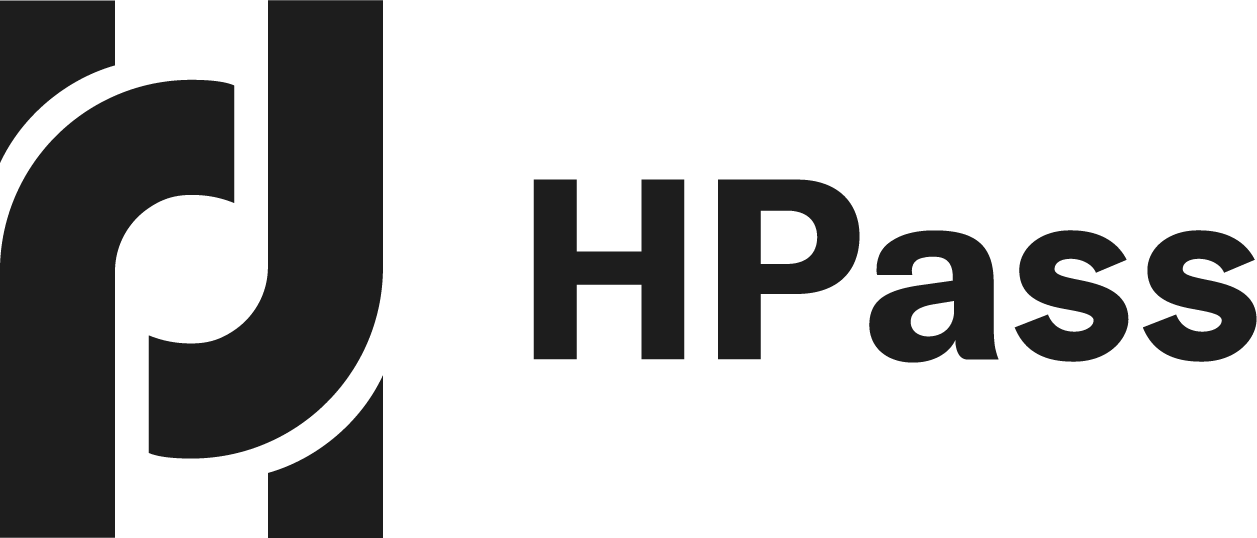-
GeneralGeneral
-
COVID-19 Orientation for Frontline Healthcare Providers in the Acute Care Setting Homepage
This course on COVID-19 Orientation for Frontline Healthcare Providers in the Acute Care Setting is designed to educate and prepare frontline healthcare workers for patient care during the COVID-19 pandemic outbreak. It utilizes an all-inclusive, centered approach to the management of the disease by providing information about healthcare worker protection, care of the COVID-19-positive patient, and the activation and utilization of the global healthcare community to combat the pandemic. All parts of this training are free, including registration, learning, testing, and a certificate of completion. This course is intended for primary-care physicians, nurses, and allied health professionals in training and in practice.
This COVID-19 Orientation for Frontline Healthcare Providers in the Acute Care Setting course was developed in partnership with Marquette University, Nurses International, NurseTim Incorporated. Like all NextGenU.org courses, the course is competency-based; using competencies from a Multisociety Task Force Recommendations of Competencies in Pulmonary and Critical Care Medicine. In addition, the COVID-19 Orientation for Frontline Healthcare Providers in the Acute Care Setting course uses resources from accredited world-class organizations, including the U.S. Centers for Disease Control and Prevention, the American Heart Association, and the World Health Organization. The course developers are J. Carlyle Schlabach, MD, Board Certified Family Physician, Kathleen Capone, MS, RN, CNE, Jacqueline Christianson, MSN, FNP-C, Madison Cox, MSN, RN, LuAnn Etcher, PhD, GNP-BC, CPG, Nicole Giancaterino, DNP, RNC-OB, CNE, Theresa Jones, PhD, MSN, BSN, AASN, RN-BC, Stacen A. Keating, PhD, RN, Vicky A. Keys, DNP, MSN, RN-BC, ACNS-BC, Hernani L. Ledesma Jr., DNP, EdD, MSIDT(c), MSN, MHA, RN, CNE, Stephanie Terry, PhD, RN, CNE, Bonnie Velez, CRNP, FNP, Chasya Wiseman MSN, RN, CMSRN, Lindsay Burner, DNP, FNP-C, RN, Valeria Reynolds Cortez MD, MPH, and Hugo Andres Rojas Aldieri MD, MSc.




This course includes 8 modules to complete and provides:
- An introduction to physical and psychological protective practices for healthcare workers;
- Overview of COVID-19 risk factors, screening, diagnostic processes, treatment protocols for hospitalized and critical patients, and complications;
- Skills to recognize factors to consider when deciding to cease lifesaving measures in COVID-19 patients, comparing and contrasting clinical guidelines for protocols across multiple healthcare systems; and
- Strategies for identifying credible sources for ongoing COVID-19 information.
The course requires the completion of peer activities. At the end of each lesson, there is a practice quiz. At the end of the course, after you’ve completed each lesson, quiz, and activity, you’ll have access to a final exam, and a chance to assess the training. Once you’ve passed that last test, you will be able to download a certificate of completion from NextGenU.org and our course’s co-sponsoring organizations (listed above). We keep all of your personal information confidential, never sell any of your information, and only use anonymized data for research purposes, and we are also happy to report your testing information and share your work with anyone (your school, employer, etc.) at your request. We hope that you will find this a rewarding learning experience, and we count on your feedback to help us improve this training for future students.
Approximate time for the required readings in this course is 19 hours at an average reading rate of 144 words/minute; in addition, there are required activities as described above.
The results of your assessments will be provided to you, and we can report your testing information and share your work with anyone you request (school, employer, etc.). The evaluation you provide at the course’s conclusion will help us improve the training for future students. We hope you find this COVID-19 Orientation for Frontline Healthcare Providers in the Acute Care Setting course a wonderful learning experience!
Engaging with this Course:
You may browse this course for free to learn for your personal enrichment; there are no requirements.
To obtain a certificate:
- Show in the registration fields that you have the appropriate prerequisites to be certified. This course is for healthcare workers.
- Complete all the reading requirements.
- Complete all quizzes and pass with a 70% with unlimited attempts..
- Complete 4 peer activity and associated certification quizzes.
- Successfully complete the final exam with a minimum of 70% and a maximum of 3 attempts.
- Complete the self and course evaluation forms.
To obtain credit:- Complete all requirements listed above for the certificate.
- Your learning institution or workplace should approve the partner-university-sponsored NextGenU.org course for educational credit, as they would for their learner taking a course anywhere.
- NextGenU.org is happy to provide your institution with:
- a link to and description of the course training, so they can see all its components, including the cosponsoring universities and other professional organization cosponsors
- your grade on the final exam
- your work products (e.g. peer and mentored activities), and any other required or optional shared materials that you produce and authorize to share with them
- your evaluations -- course, self, peer, and mentor assessments.
- a copy of your certificate of completion, with the co-sponsoring universities and other organizations listed
We hope that you will find this a rewarding learning experience, and we count on your assessment and feedback to help us improve this training for future students.
To obtain a degree, NextGenU.org co-sponsors degree programs with institutional partners. To obtain a degree co-sponsored with NextGenU.org, registrants must be enrolled in a degree program as a student of a NextGenU.org institutional partner. If you think that your institution might be interested in offering a degree with NextGenU.org contact us.
Next Steps- Complete the registration form.
- Begin the course with COVID-19 Introductory Video, after watching it, start with Module 1: Introduction- Healthcare Worker Protection. In each lesson, read the description, complete all required readings and any required activity, and take
the corresponding quizzes.
Subscribe to our newsletter to be notified of future updates, new courses, and to be part of our community.
-
COVID-19 Orientation for Frontline Healthcare Providers in the Acute Care Setting
Welcome to the COVID-19 Orientation for Frontline Healthcare Providers in the Acute Care Setting!
To provide you with an enhanced learning experience, you will find the competencies in the module descriptions, the learning objectives in the lesson descriptions, and the learning outcomes in each lesson's drop-down box.
 Learning outcomes state what you should be able to do by the end
of the lesson. In some cases, quizzes and additional activities will cover more than one learning outcome.
Learning outcomes state what you should be able to do by the end
of the lesson. In some cases, quizzes and additional activities will cover more than one learning outcome. -
Module 1: Introduction to COVID-19
Competencies covered in this module
- Demonstrate knowledge of infections including management principles: including epidemiology, types of organisms - emergence of resistant strains, mode of transfer, opportunistic and nosocomial infections; difference between contamination, colonization & infection, and diagnostic strategies.
-
Module 1: Lesson 1: COVID-19 The Basics
Learning objectives:
- Describe basic aspects of COVID-19 epidemiology, pathophysiology, transmission, diagnosis, and treatment.
7 URLs -
Module 1: Lesson 2: Initial Considerations for Frontline Healthcare Workers
Learning objectives:
- Understand initial measures for preparing healthcare facilities and communities to respond to COVID-19.
Click here to start this lesson7 URLs, 1 Quiz -
Module 2: Prevention and Control
Competencies covered in this module
- Implement and advocate for universal precautions and preventative infection control techniques (hand washing, gloves, protective clothing, sharps disposal etc.)
Click here for the brief module introduction
-
Module 2: Lesson 1: Physical Protection for Healthcare Workers
Learning objectives:
- Apply conceptual aspects of physical protective practices, disinfection, and personal protective equipment.
6 URLs, 1 Quiz -
Module 2: Lesson 2: Mental Health Protection for Healthcare Workers
With the heavy burden that the pandemic is placing on healthcare workers, post-traumatic stress disorder and emotional and physical exhaustion are realities. This lesson explores methods to manage the stress that healthcare workers experience and strategies to deal with medical and personal demands.
Learning objectives:
- Remember conceptual information about stress related to COVID-19.
- Apply procedural aspects of stress coping mechanisms.
3 URLs, 1 Quiz - Remember conceptual information about stress related to COVID-19.
-
Module 2: Lesson 3: Primary Prevention by Immunization Against COVID 19
Learning objectives:
- Understand conceptual aspects of vaccine development and effectiveness.
5 URLs, 1 Quiz -
Module 2: Lesson 4: Additional Precautions
Learning objectives:
- Understand isolation precautions recommendations.
2 URLs, 1 Quiz -
Module 3: Screening and Evaluation
Competencies covered in this module
- Recognize the relevance of prior health status in determining risk of critical illness and outcomes.
- Use appropriate tests to confirm or refute a clinical diagnosis.
- Recognize clinical signs associated with critical illness, their relative importance, and interpretation.
Click here for the brief module introduction
-
Module 3: Lesson 1: Risks Factors for Contracting COVID-19
Learning objectives:
- Remember procedural aspects to determine the risk of contracting COVID-19 critical disease.
Approximate time required for the readings for this lesson (at 144 words/minute): 101 mins
4 URLs, 1 Quiz -
Module 3: Lesson 2: Screening and Evaluation
Learning objectives:
- Apply conceptual knowledge about COVID-19 testing.
7 URLs, 1 Quiz -
Module 3: Lesson 3: Additional Testing
Patients who test positive for COVID-19 will require additional diagnostic testing to guide their treatment plan.
Learning objectives:
- Understand conceptual aspects of the relationship between clinical signs and critical COVID-19 illness.
3 URLs, 1 Quiz -
Module 4: Caring for the COVID-19 Patient

Competencies covered in this module
- Incorporate information on pharmacokinetics, pharmacodynamics, and drug metabolism and excretion in critical illness.
- Initiate and maintain mechanical ventilation (non-invasive and invasive).
- Demonstrate proper Initiation, maintenance, and discontinuation of paralytic agents, sedatives, and analgesic drugs in ICU patients.
- Recognize clinical signs associated with critical illness, their relative importance, and interpretation.
- Demonstrate understanding of appropriate criteria for admission to, and discharge from ICU - factors influencing intensity and site of care (ward, high dependency unit (HDU), intensive care unit (ICU)).
- Make informed decisions about diagnostic and therapeutic interventions based on patient information, preferences, up-to-date scientific evidence, and clinical judgment.
Click here for the brief module introduction
-
Module 4: Lesson 1: Available Therapy for Treatment of COVID-19
Learning Objectives:
- Understand conceptual aspects of potential COVID-19 treatments.
7 URLs, 1 Quiz -
Module 4: Lesson 2: Oxygenation and Ventilation
This lesson reviews the oxygenation and ventilation management of the COVID-19 patient and provides training on ventilator management.
Learning Objectives
- Apply conceptual knowledge of mechanical ventilation in COVID-19 patients.
4 URLs, 1 Quiz -
Module 4: Lesson 3: Rapid Sequence Induction Medications
This lesson provides in-depth information and quick guides for rapid sequence intubation.
Learning objectives
- Remember procedural aspects of rapid sequence induction.
3 Files, 1 Quiz -
Module 4: Lesson 4: Complications of COVID-19
Learning objectives
- Understand conceptual aspects of clinical signs associated with critical COVID-19 disease.
- Apply procedural knowledge of ICU admission and discharge in COVID-19 patients.
11 URLs, 1 Quiz - Understand conceptual aspects of clinical signs associated with critical COVID-19 disease.
-
Module 4: Lesson 5: Comprehensive Treatment Protocols
In this lesson, you will review the COVID-19 treatment protocols for multiple healthcare systems. Please review each of them by comparing and contrasting them with each other and with the COVID-19 treatment protocols at your workplace.
Learning objectives
- Understand procedural aspects about general indications for COVID-19 treatment.
- Evaluate conceptual aspects of COVID-19 treatment protocols.
8 URLs, 1 Forum, 1 Quiz - Understand procedural aspects about general indications for COVID-19 treatment.
-
Module 4: Lesson 6: Long-term Recovery
Learning Objectives:
- Understand the long-term effects of COVID-19 infection.
3 URLs, 1 Quiz -
Module 4 Assessment: Case Studies
In this section, you will engage with four real COVID-19 patients through case study. Through synthesis of the information in the previous modules and your prior education and experience, you will analyze diagnostic testing, prioritize decision making, and implement medical interventions to ensure the best outcome for these patients.
4 Quizzes, 1 Forum, 1 URL -
Module 5: Consideration of Effort Cessation
Competencies covered in this module
- Management of end of life issues and palliative care (including timeliness of discussions).
- Demonstrate understands indications for not starting resuscitation or ceasing an initiated attempt.
- Address the psychosocial and emotional effects of critical illness on patients and their families.
- Management of end of life issues and palliative care (including timeliness of discussions).
-
Module 5: Lesson 1: Consideration of Effort Cessation
Learning objectives
- Apply conceptual knowledge of palliative care in COVID-19 patients.
- Analyze conceptual aspects of effort cessation for COVID-19 patients.
- Apply conceptual knowledge about grief mitigation to support patients and their families at the end of life.
5 URLs, 1 Forum, 1 Quiz - Apply conceptual knowledge of palliative care in COVID-19 patients.
-
Module 6: Understanding Scientific Evidence to Improve the Care of COVID-19 Patients
Competencies covered in this module:
- Apply knowledge of study designs and statistical methods to the appraisal of clinical studies and other information on diagnostic and therapeutic effectiveness.
- Participate in identifying system errors and implementing potential system solutions.
-
Module 6: Lesson 1: Understanding Scientific Evidence to Improve the Care of COVID-19 Patients
Learning objectives
- Understand conceptual aspects of medical research designs and its interpretation for daily practice.
- Evaluate metacognitive aspects of the interpretation of medical research.
3 URLs, 1 Forum, 1 Quiz - Understand conceptual aspects of medical research designs and its interpretation for daily practice.
-
Module 6: Lesson 2: Public Health Responses to COVID-19
Learning objectives
- Understand conceptual aspects of different public health responses and its implications for healthcare systems.
4 URLs, 2 Forums, 1 Quiz - Understand conceptual aspects of different public health responses and its implications for healthcare systems.
-
Optional Module: Resources to Stay Current and Healthy
Competencies covered in this module:
- Demonstrate healthy coping mechanisms to respond to stress.
- Be familiar with policies, plans, and frameworks relevant to infection control, clinical healthcare, and other aspects of public health response.
- Periodically assess the need for changes in strategies and plans, and action plans, standard operating procedures (SOPs) for implementing them.
Click here for the brief module introduction
-
Optional Module: Lesson 1: A Global Perspective on COVID-19
Learning objectives
- Understand conceptual aspects of different public health responses and its implications for healthcare systems.
5 URLs, 1 Quiz -
Optional Module: Lesson 2: Resources to Stay Current
Learning objectives
- Analyze conceptual knowledge about COVID-19 updates that could be implemented in daily practice.
1 URL -
Module 8: Substance Use Disorders and COVID-19
 Competencies covered in this module:
Competencies covered in this module:- Demonstrate understanding of special considerations and recommendations for the care of patients with addiction during the COVID-19 pandemic.
- Demonstrate understanding of special considerations and recommendations for the care of patients with addiction during the COVID-19 pandemic.
-
Module: 8 Lesson 1: Substance Use Disorders and COVID-19
Learning objectives
- Understand special considerations for the care of patients with addictions.
8 URLs, 1 Quiz - Understand special considerations for the care of patients with addictions.
-
Course and Self Evaluation & Certificate
 In this section, you can provide feedback about this course to help us make NextGenU.org better. Once evaluations are completed, you will be able to download your certificate of completion. 1 Forum
In this section, you can provide feedback about this course to help us make NextGenU.org better. Once evaluations are completed, you will be able to download your certificate of completion. 1 Forum




 Summarize surface disinfection measures based on evidence about coronavirus persistence on inanimate surfaces
Summarize surface disinfection measures based on evidence about coronavirus persistence on inanimate surfaces

 Apply relaxation techniques
Apply relaxation techniques Summarize the pre-exposure and post-exposure prophylaxis recommendations for COVID-19
Summarize the pre-exposure and post-exposure prophylaxis recommendations for COVID-19





 Differentiate patients with asymptomatic, mild, moderate, severe, or critical COVID-19 illness
Differentiate patients with asymptomatic, mild, moderate, severe, or critical COVID-19 illness Identify symptom clusters of COVID-19 and their relevance on prediction and treatment
Identify symptom clusters of COVID-19 and their relevance on prediction and treatment
 Interpret evidence regarding the efficacy and safety of COVID-19 potential treatments
Interpret evidence regarding the efficacy and safety of COVID-19 potential treatments Contrast invasive and non-invasive ventilation between COVID-19 patients and regular patients
Contrast invasive and non-invasive ventilation between COVID-19 patients and regular patients
 Recognize common complications of COVID-19 and their implications for the patient
Recognize common complications of COVID-19 and their implications for the patient Determine when a patient is eligible for ICU admission or discharge
Determine when a patient is eligible for ICU admission or discharge
 Describe general recommendations for COVID-19 treatment in adults
Describe general recommendations for COVID-19 treatment in adults Integrate knowledge from treatment guides to solve clinical cases
Integrate knowledge from treatment guides to solve clinical cases Summarize the updates on COVID-19 treatment guidelines
Summarize the updates on COVID-19 treatment guidelines


 Describe practices to mitigate grief
Describe practices to mitigate grief Describe different
Describe different  Interpret levels of evidence and grades of recommendation of medical research
Interpret levels of evidence and grades of recommendation of medical research Reflect on one's ability to critically appraise medical research
Reflect on one's ability to critically appraise medical research
 Recognize the main differences in the response to COVID-19 among regions
Recognize the main differences in the response to COVID-19 among regions


 Differentiate your facility's treatment protocol from latest updates about COVID-19 management
Differentiate your facility's treatment protocol from latest updates about COVID-19 management Click here to start Final Examination
Click here to start Final Examination